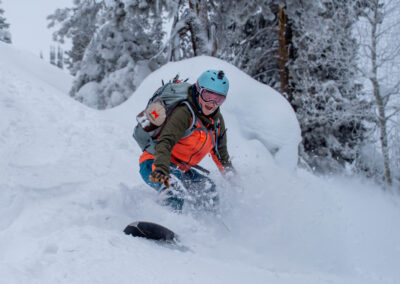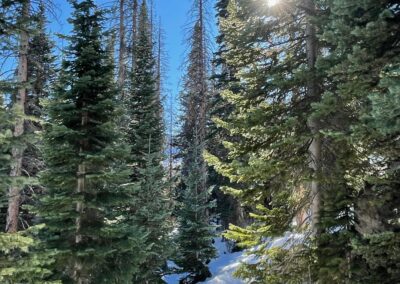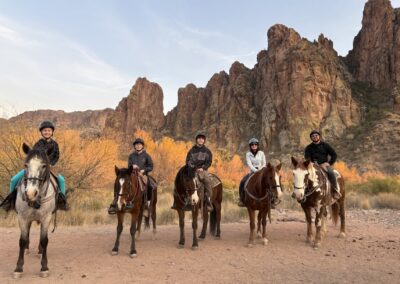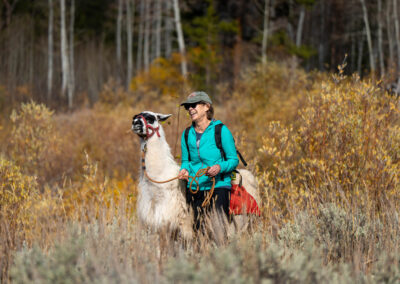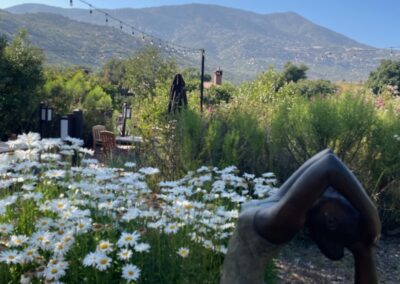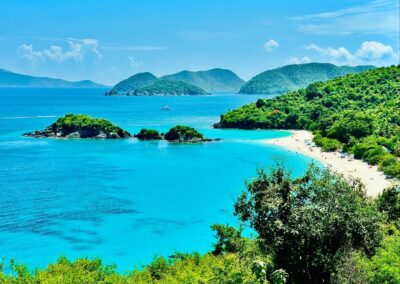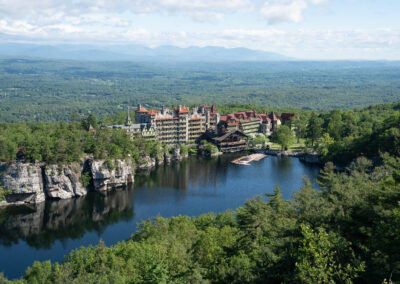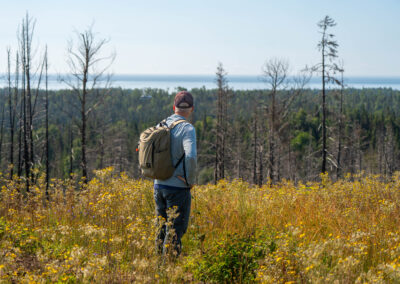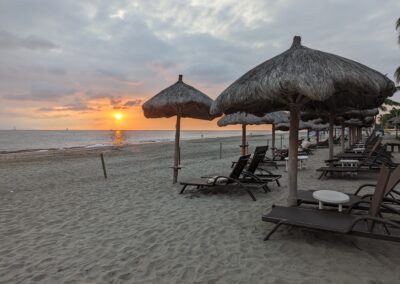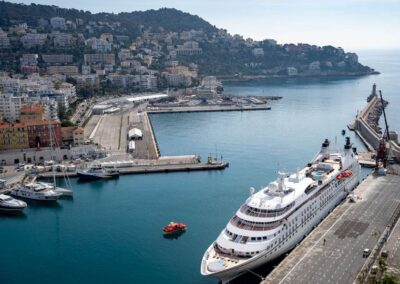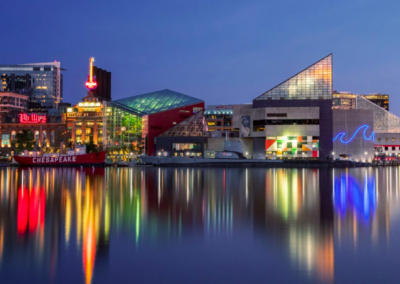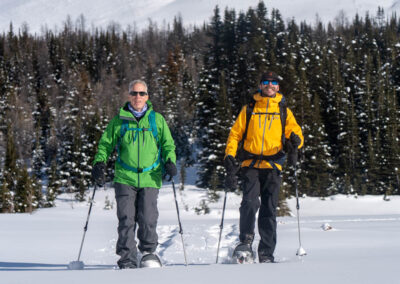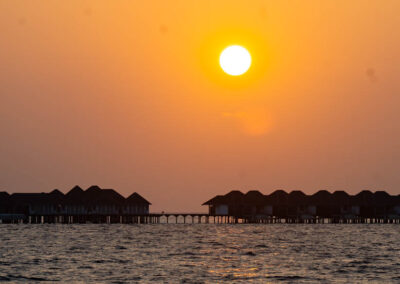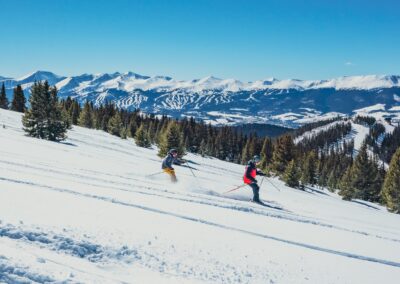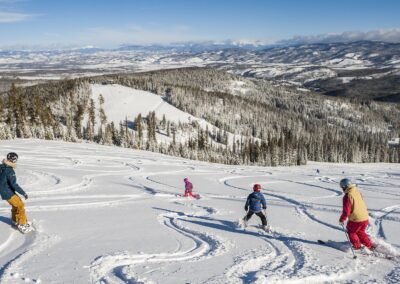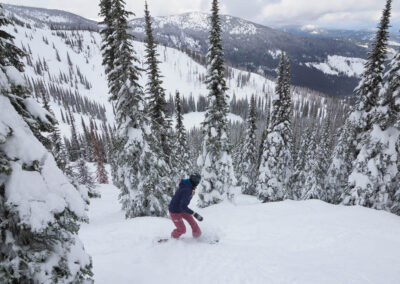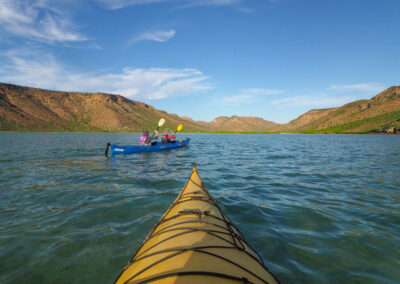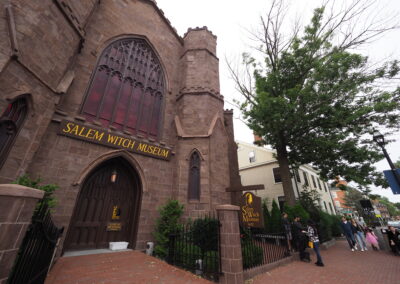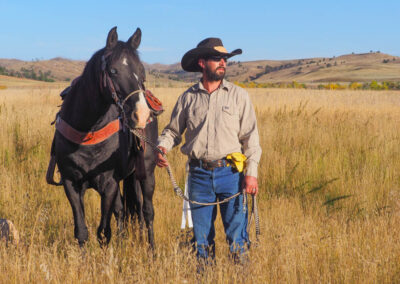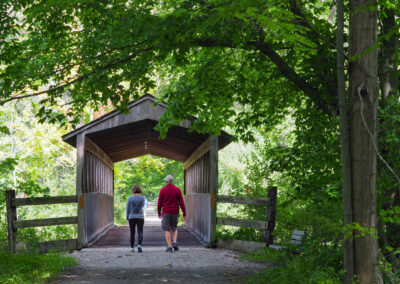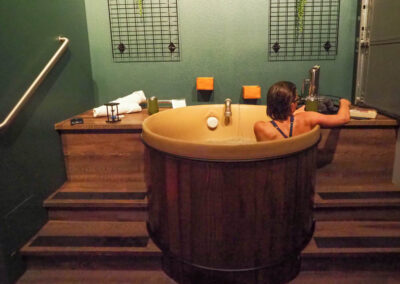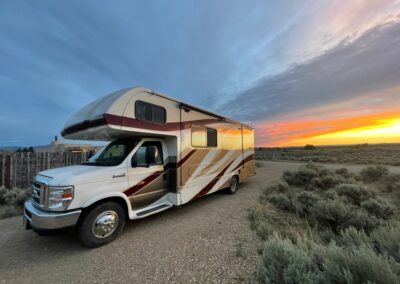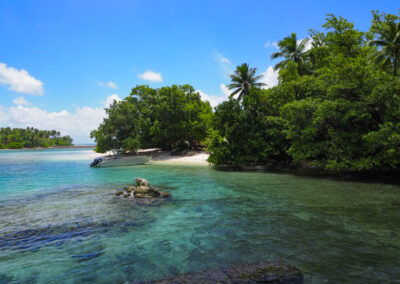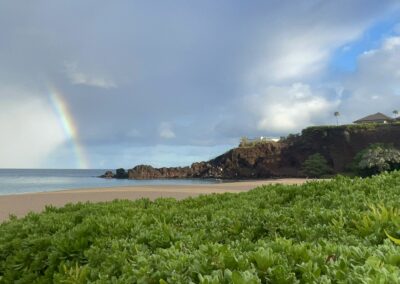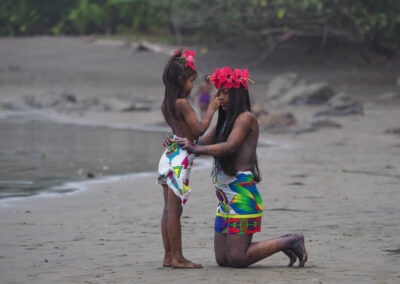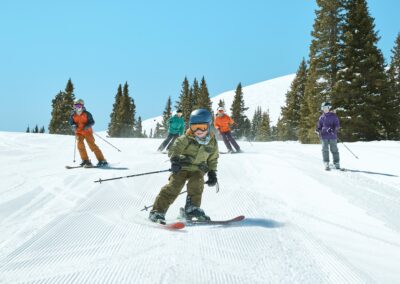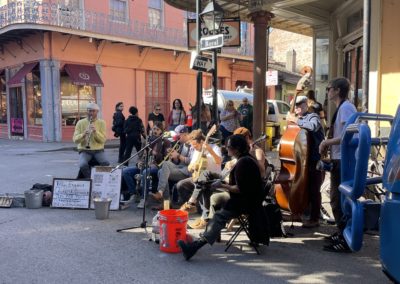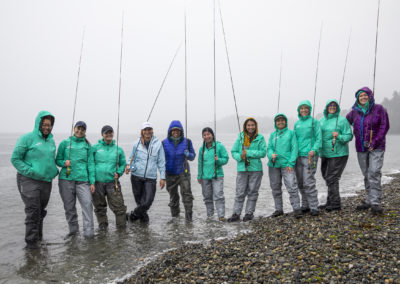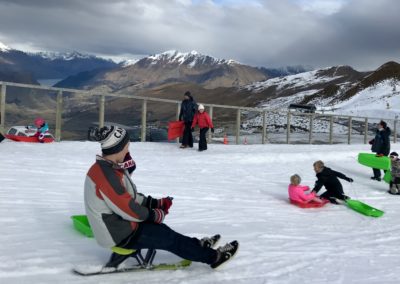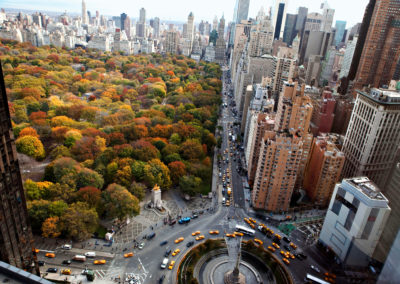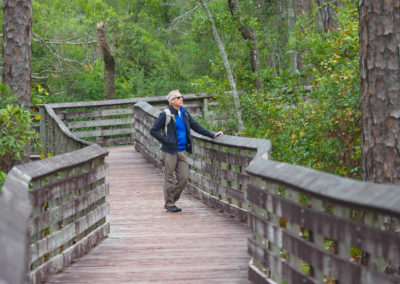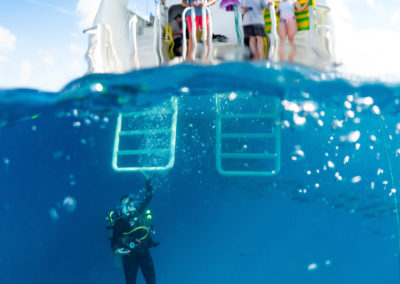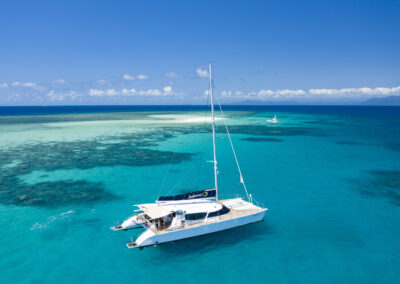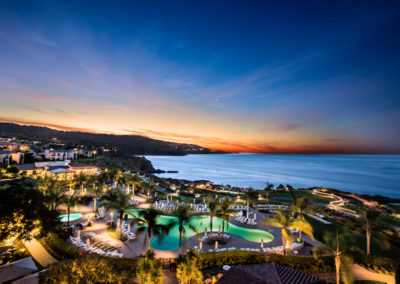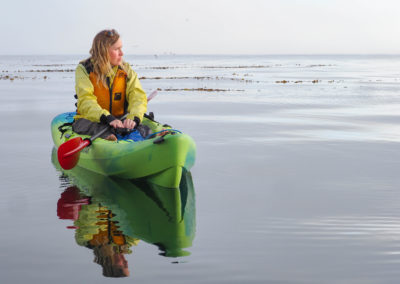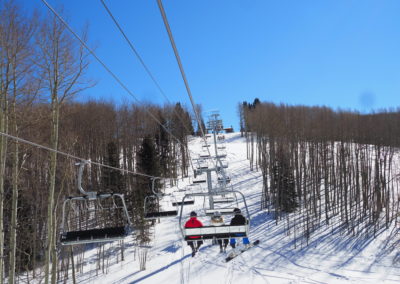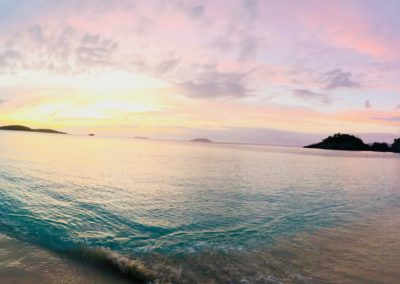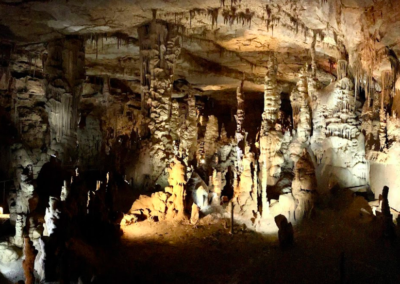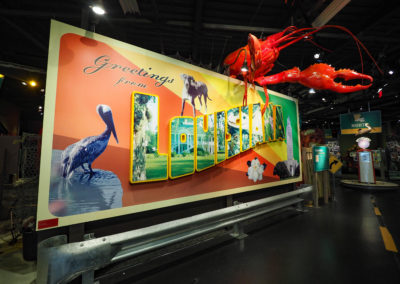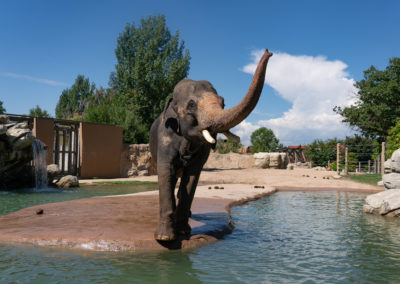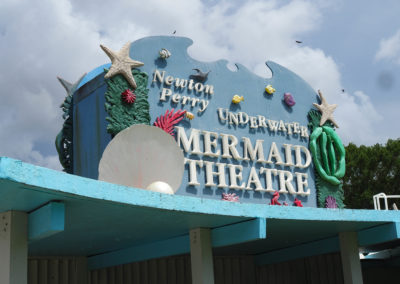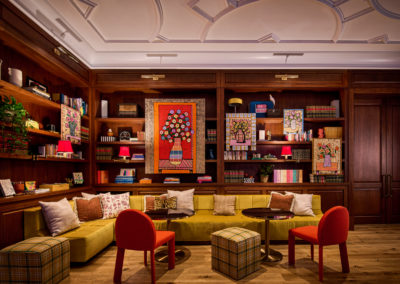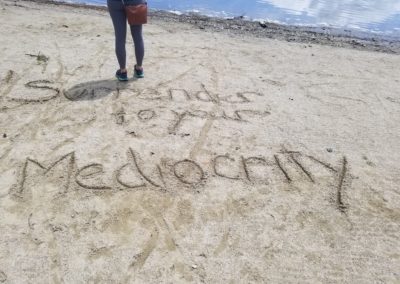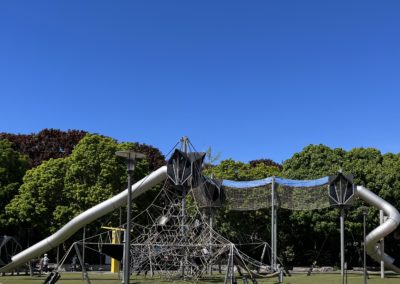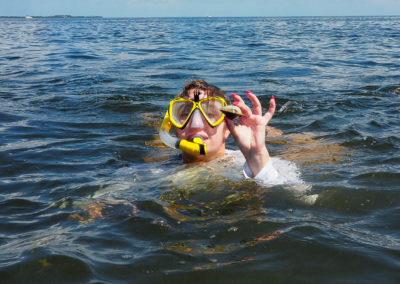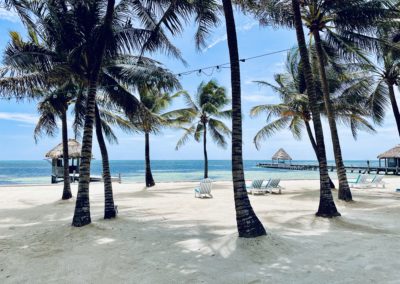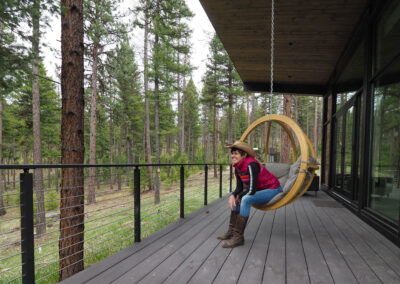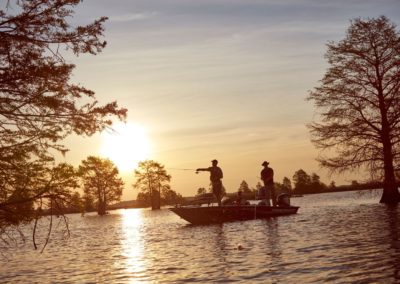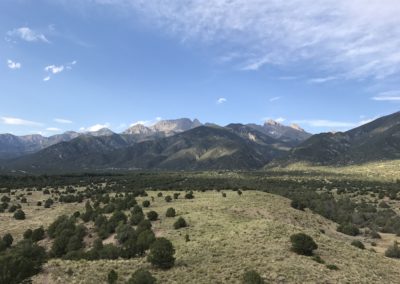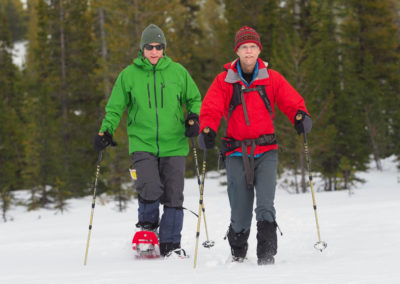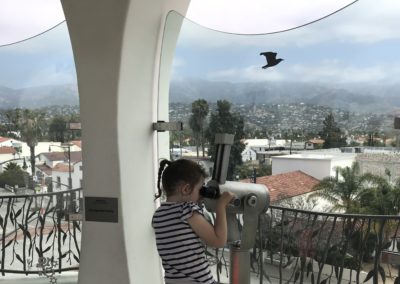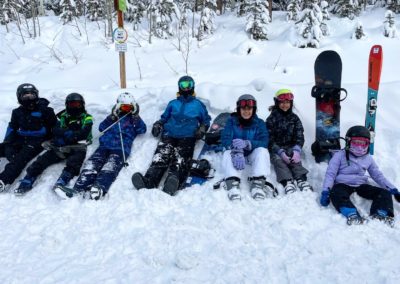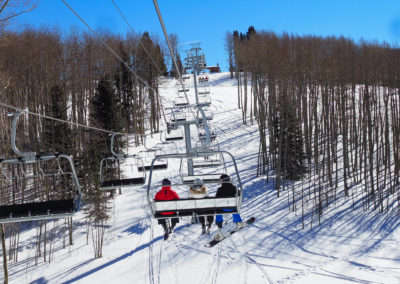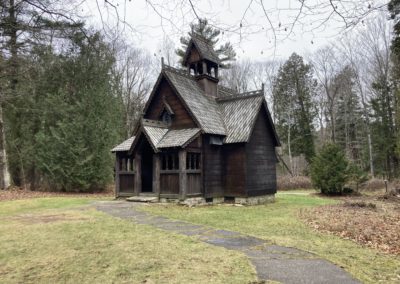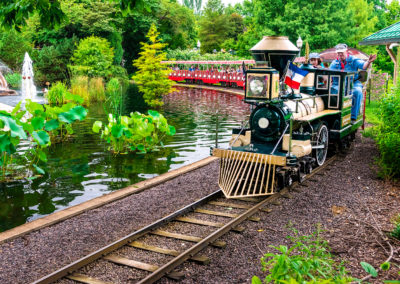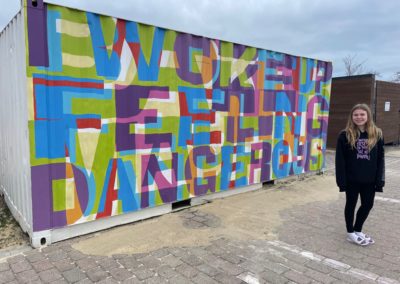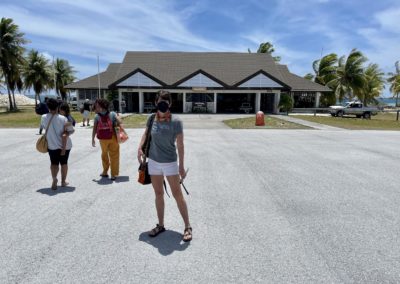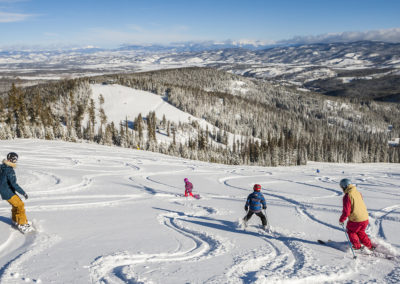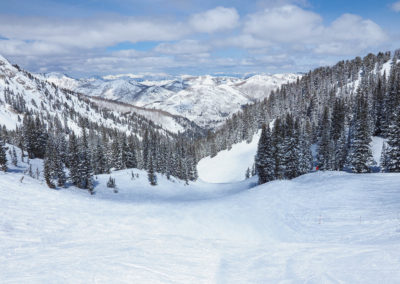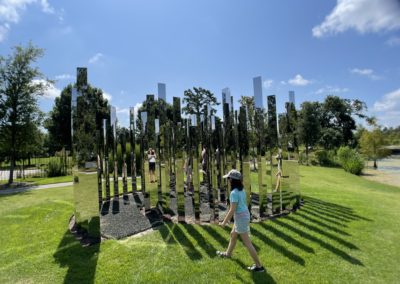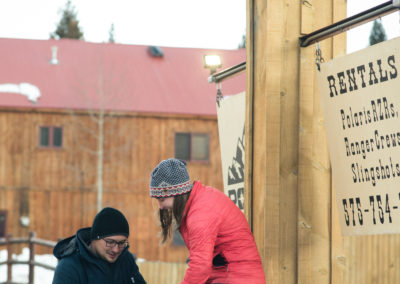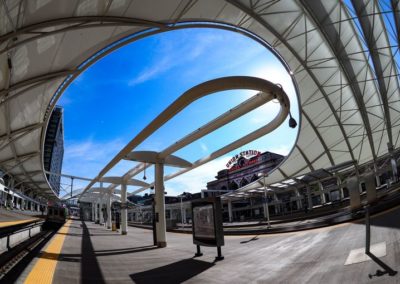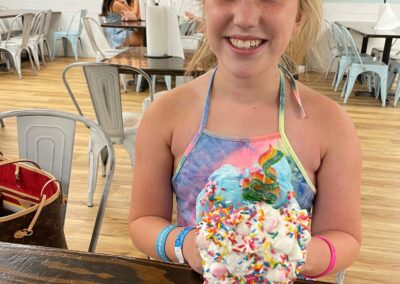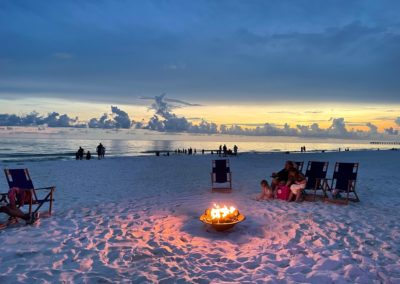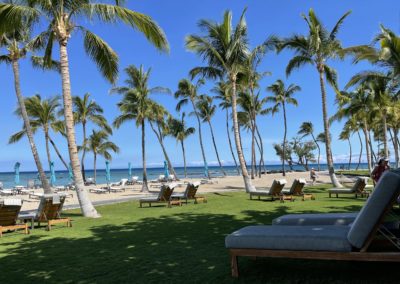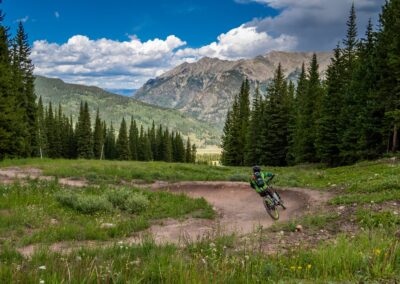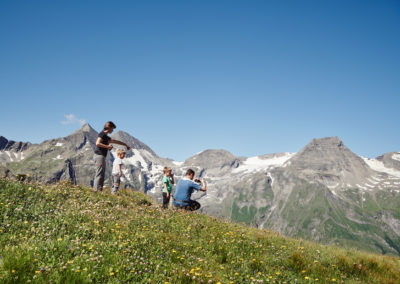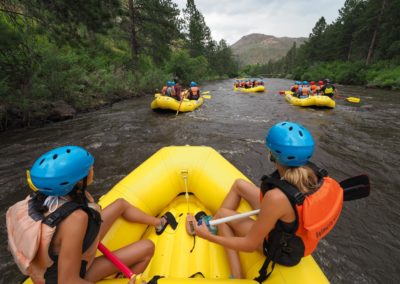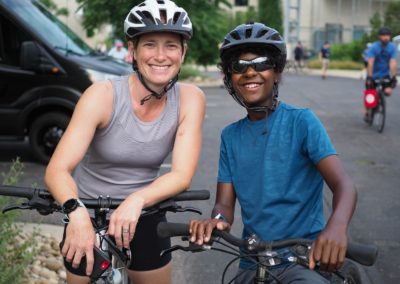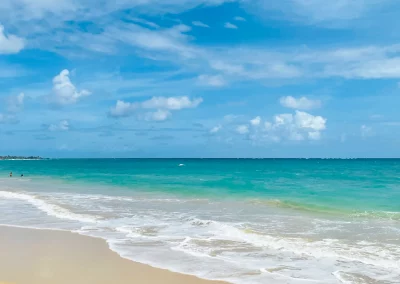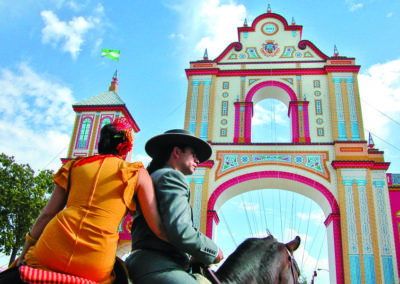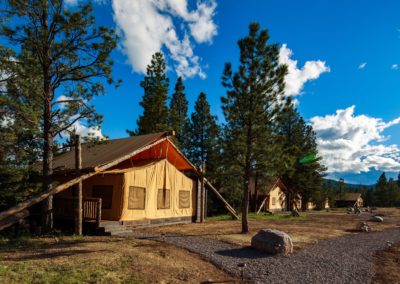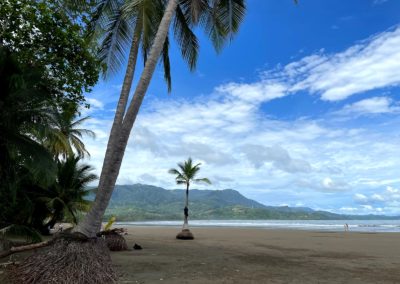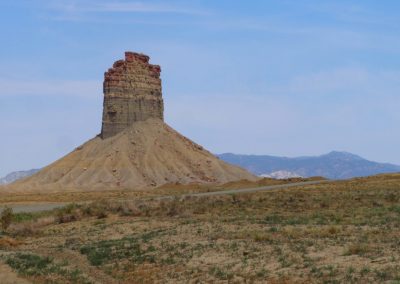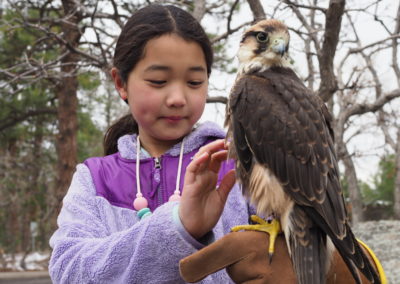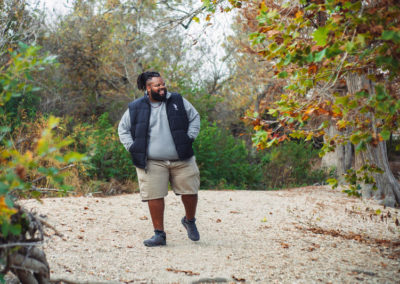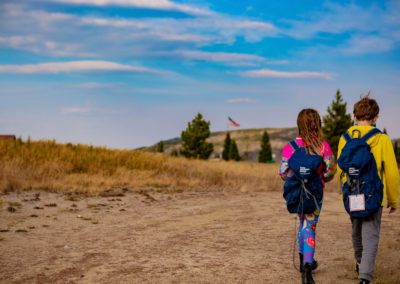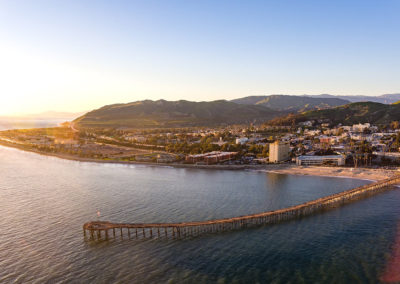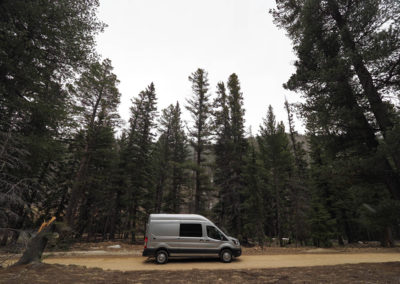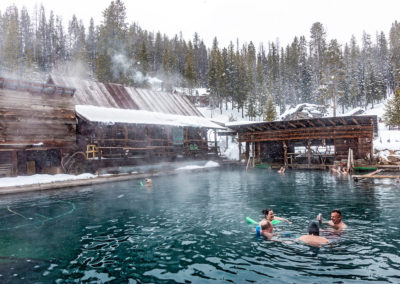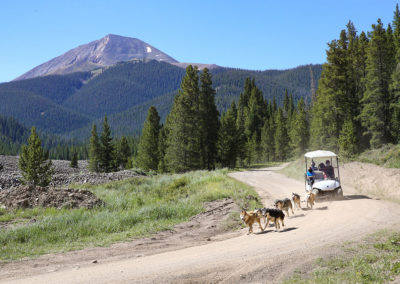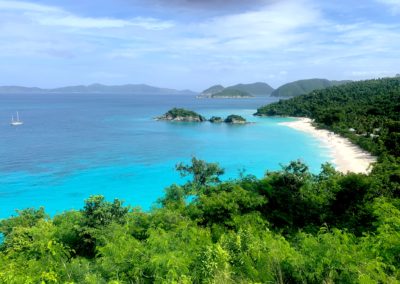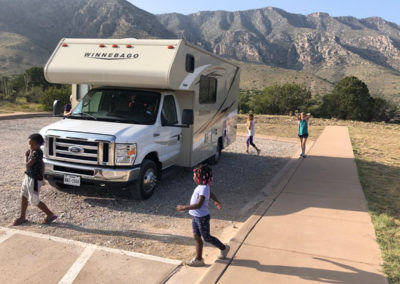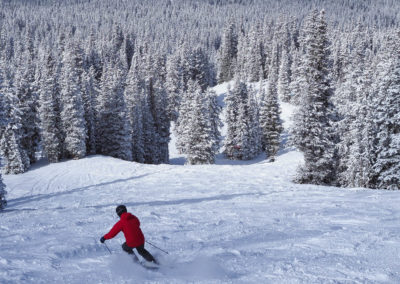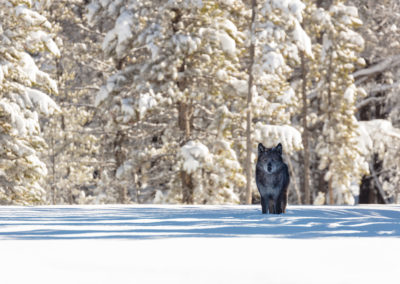
Pam LeBlanc jumps for joy before surfing at Rossnowlagh Beach in Ireland. James Garvey photo
I’ve never thought of Ireland as a surfing destination, yet here I am, dragging a turquoise-colored surfboard across the sand in the charming waterside hamlet of Rossnowlagh, on the northwest side of the Emerald Isle.
In front of me, a handful of hardy locals are paddling out into the 58-degree water, while row after row of perfectly shaped waves sweep ashore.
“We call this coastline the ‘Cold Water Hawaii’ because we have waves for every single skill level,” former surf champion and Rossnowlagh Surf School owner James Garvey tells me as I look out over the beach, a horseshoe-shaped wedge of golden sand beneath scudding, dark gray clouds.
I shiver slightly.
“It’s warmer in there than it is out here,” Garvey says, pointing to the water. I presume he’s noticed the slightly bluish tint of my lips.
Related: A fall paddle down the Devils
An Irish surfing champ

James Garvey heads out to catch a wave at Rossnowlagh Beach in Ireland. Pam LeBlanc
Garvey has surfed all over the globe, from Australia to Ecuador, but can’t resist his home waters, even if they are chilly. The surfing, he says, is quite good. And he should know ––– he’s surfed up and down the wild Atlantic coast of Ireland.
I’m a beginner, though, and need to ease my way in.
Garvey explains that the shape of Rossnowlagh Beach makes it good for beginners. The water gets deeper very gradually, and as the prevailing winds and currents groom them into rows so even you could plant crops between them.
“This is the best beginner beach in Ireland,” Garvey says. “It’s super safe and really long waves come in.”
More skillful surfers like it, too. Fall is best for beginners, Garvey says, but more advanced surfers like the winter, when big swells roll across the Atlantic and come ashore here.

Surfing instructor James Garvey catches a wave at Rossnowlagh Beach in Ireland. Pam LeBlanc photo
Before we start, Garvey suggests some quick warmup exercises. Two other students, both with more experience than me, and I flap our arms and jump up and down, then drop, belly first, onto our dry-docked surfboards. Garvey demonstrates proper surf position, back arched and eyes forward, then shows us how to gracefully pop up into the standing position.
Related: Mountain biking mecca Mesa Verde Country is a must-ride
I try a few times and eventually get Garvey’s stamp of approval. Then I fasten the Velcro leash around my board and wade into the sea.
When to surf Ireland
September is the best (and mildest) time to surf in Ireland, but the water stings at first. In January and February, water temperatures drop into the 40s, but diehards still surf.
Before I can think about it, a wave sloshes over my head. With that, I quit worrying about the cold and embrace it. And after a few minutes I’m moving so much that I feel perfectly fine.
Garvey shows me how to point my board directly into the waves as I make my way into deeper water, then turn it around and look for a good ride.
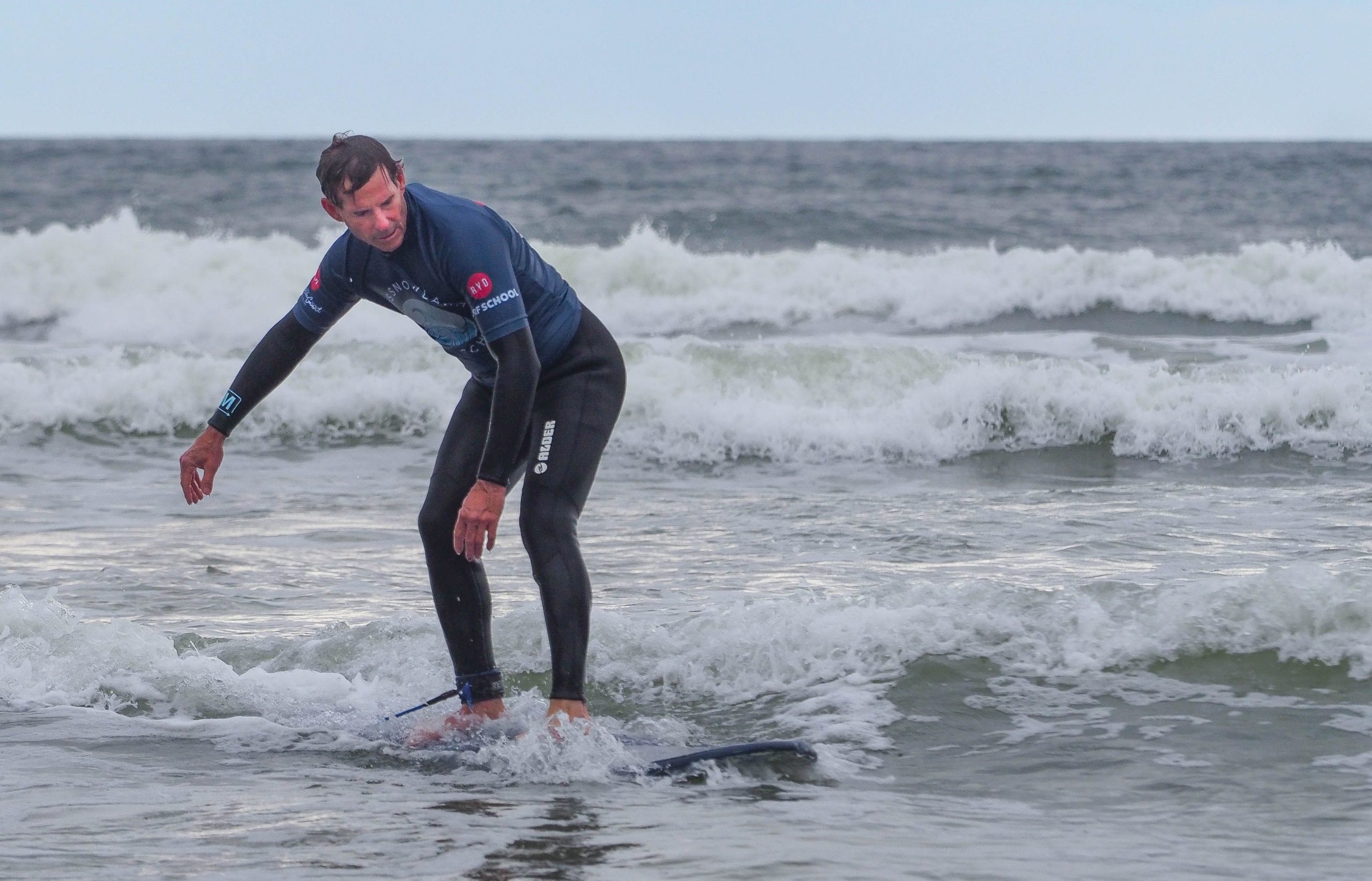
Eugene Buchanan of Steamboat Springs, Colorado, surfs at Rossnowlagh Beach in Ireland. Pam LeBlanc photo
Sometimes the waves fizzle out before they get to me. Other times, they’re too big. But every few minutes the right one rumbles in my direction, and Garvey pushes me just in front of the froth and yells at me to paddle hard.
I get up (awkwardly) the first time, but the ride is short. I try again and manage a slightly longer ride. My board is big and stable, and pretty soon I’m paddling into the waves unassisted, trying hard to catch a longer ride. I tumble off into the boiling water but can’t wipe the smile off my face.
A post-surfing pint
Later, over a pint of Guinness in the pub at the nearby Sandhouse Hotel, Garvey shows me a picture of himself getting barreled in a 70-foot monster wave just down the coastline. (I look his name up online later and discover that he was knocked unconscious and briefly pinned underwater when trying to surf another big wave in Mullaghmore, about 20 miles south of here, in 2021.)
The best part about surfing in Ireland, he says, is that few people know how good it is. That means uncrowded beaches and a Zen experience. Sometimes, dolphins even make an appearance.
“It’s still quite unknown,” says Garvey, who has surfed around the globe and competed in worldwide competitions in France, Spain, Ecuador, and Portugal.

Ed Coleman, left, and James Garvey, right, surf at Rossnowlagh Beach in Ireland. Pam LeBlanc photo
I’m convinced.
I love water sports, and surfing requires focus. There’s no time to think about anything but the coming wave and the smooth, buttery ride that it delivers.
Surf Ireland? Heck yeah!
If You Go

Getting there:
I flew American Airlines into Dublin. From there, you can rent a car and drive to Donegal,135 miles away.

Stay:
I stayed at the Sandhouse Hotel & Marine Spa in Rossnowlagh, which is located right on the surfing beach.
Do:
Surf! The Rossnowlagh Surf School offers lessons for all skill levels. Group lessons cost 50 Euros per adult; private lessons are 100 Euros.
Eat & Drink:
I sipped a Guinness with former Irish champion surfer James Garvey at the Surfers Bar in Rossnowlagh. For fine dining (think wild Irish venison or slow braised lamb), try the Glasshouse Restaurant or The Seashell Restaurant at the Sandhouse Hotel. After dinner, we drank Irish coffee in a refurbished airplane fuselage that has been converted into an outdoor seating area on the hotel’s back porch. And one of the trip’s most magical moments occurred in the hotel’s Durnish Bar, when the bartender pulled out his guitar (which had a sticker from the 11th Street Cowboy Bar in Bandera, Texas, on it), and began to sing.








